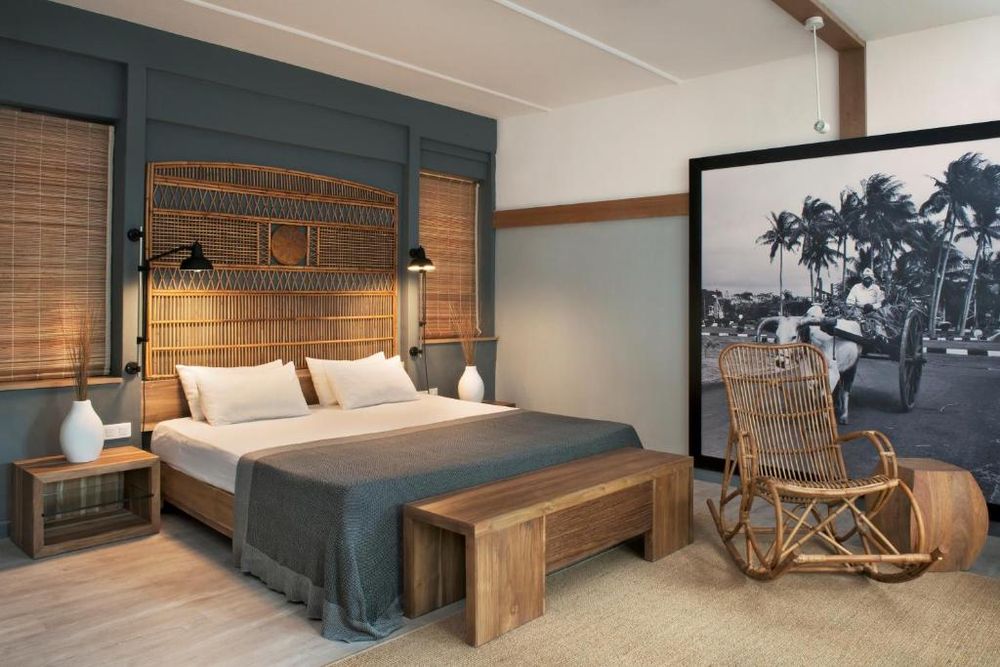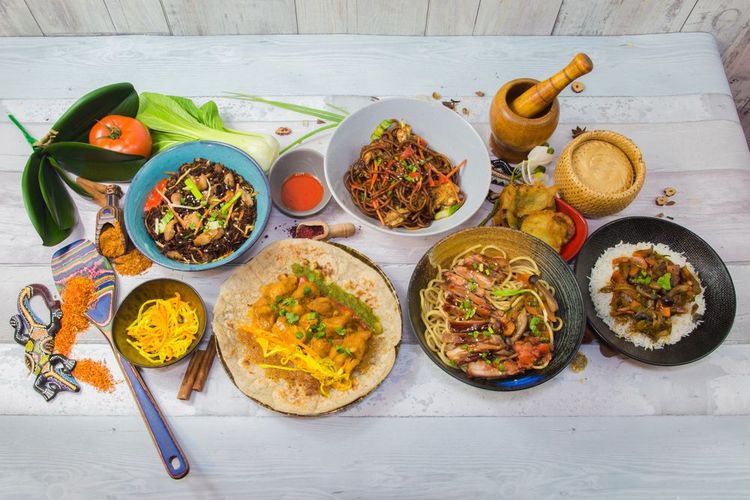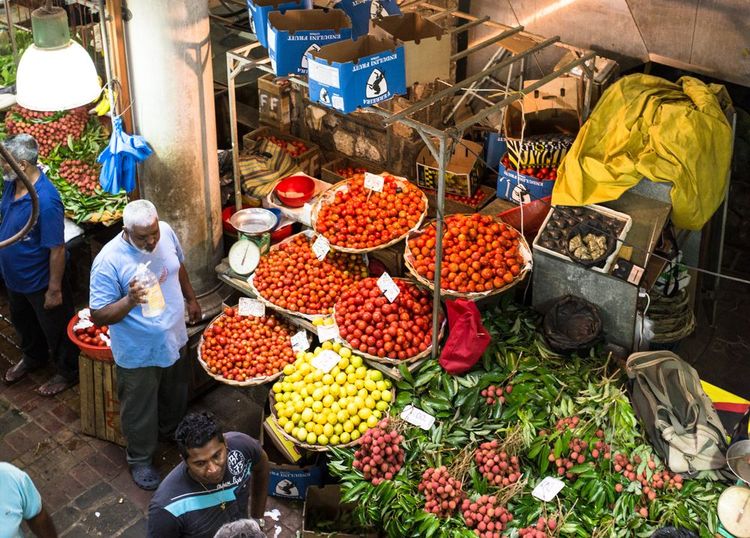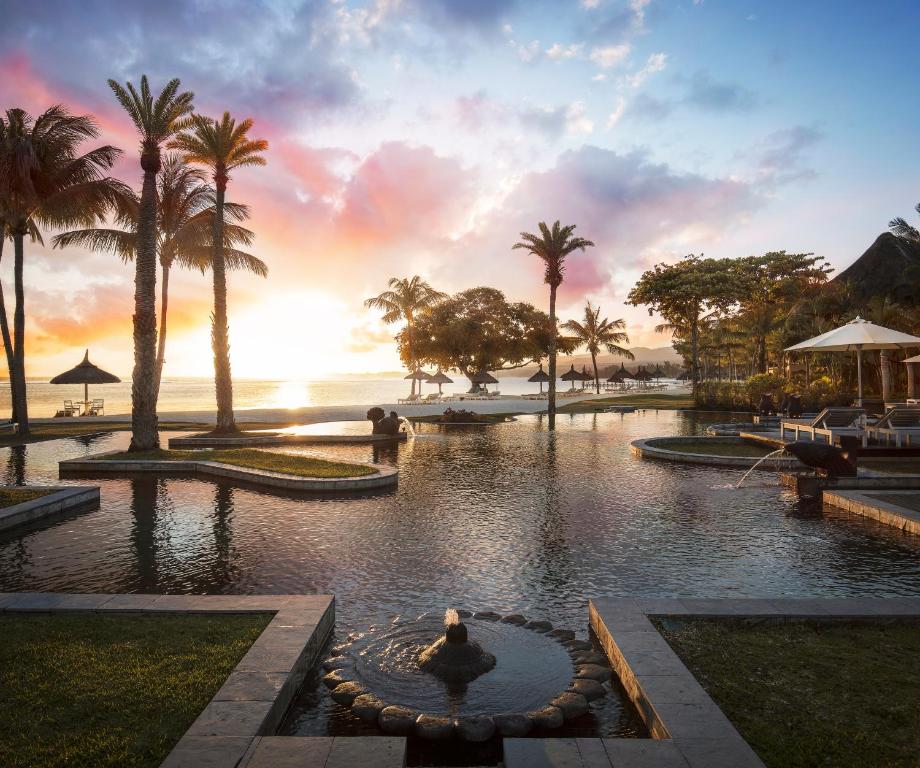A veritable melting pot of flavours, a culinary trip to Mauritius starts with street food. There's nothing like nibbling on Indian snacks sold in the streets for a few rupees. Eating on the go is a way of life on the island. According to The Telegraph's 2017 ranking of the world's street food cities, Port Louis came 9th. Proof that the capital shines for its culinary diversity.
 Mauritius
Mauritius












